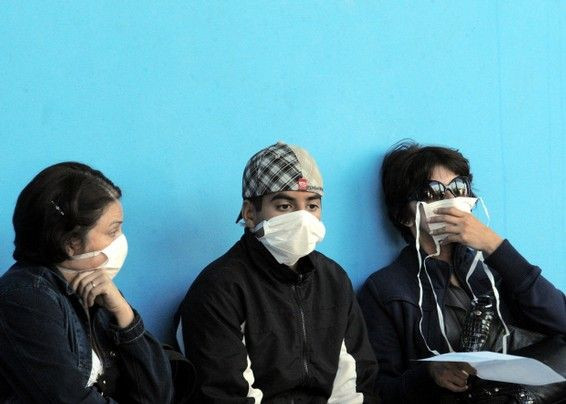H7N9 Bird Flu Toll Rises to 101 Cases, 20 Deaths In China; U.S. Hospitals On Watch

The H7N9 avian influenza virus has now spread to 101 confirmed cases and is responsible for 20 deaths in eastern China, the official Xinhua news agency reports.
Although there are still no confirmed cases of human-to-human transmission, the state-controlled Beijing Daily stated last week that 40 percent of those infected at the time had no contact with poultry. According to the U.S. Centers for Disease Control (CDC), the possibility of limited human-to-human transmission is “likely.”
The two most recent fatalities were a 62-year-old woman and a 76-year-old farmer. Many of the fatal cases have been in the elderly. Most of the confirmed cases are described as serious.
Thus far, the outbreak has been localized to the Zhejiang province south of Shanghai. International epidemiological teams are rushing to contain the outbreak, in hopes the virus will not evolve into an international pandemic.
However, Dutch and Chinese researchers examined the H7N9’s gene data say that the virus has the genetic diversity of past major outbreaks.
"The diversity we see in these first few samples from China is as great as the diversity we have seen with a large outbreak in the Netherlands several years ago and one in Italy," said Dutch virologist Marion Koopmans, who worked on the research. "This means it (the H7N9 strain in China) has been spreading quite a bit and it's important to understand where exactly that is going on."
The CDC urged hospitals on Friday to be on the lookout for H7N9 symptoms in patients, especially those who present with “acute febrile respiratory illness and an appropriate recent travel or exposure history." For confirmed cases, the CDC has issued interim guidance on the use of antiviral treatment.
Visit the CDC for more information.
Published by Medicaldaily.com



























